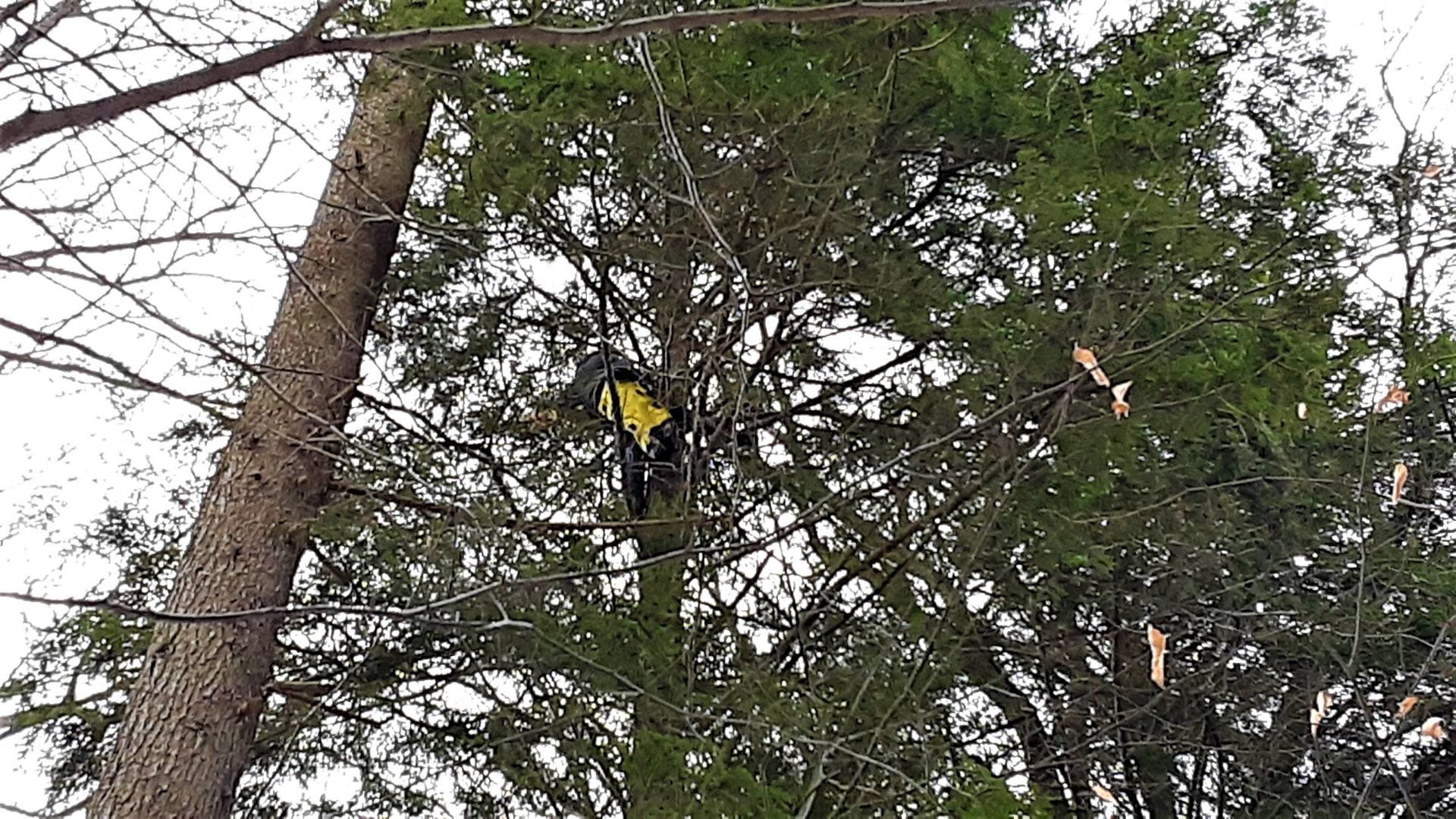Clues from the Canopy
News
If you’ve been following along with the Hemlock Initiative, you’ve probably noticed that there are a lot of moving parts making up our larger research aims. There’s biocontrol releases, phenology monitoring, HWA surveys, and looking for Laricobius beetles at previous release sites. All of these projects involve our biocontrol and HWA research, but this year we have added another key component of hemlock conservation to our schedule: assessing the efficacy of traditional HWA treatment methods.
Using pesticides to treat HWA is an effective short term solution to slowing the spread of infestations. As biocontrols become more widespread we will no longer need to rely so heavily on HWA treatments. For now, however, treating trees is the only way to preserve the genetic diversity of hemlocks and conserve the ecosystems that hemlocks support. Our latest field efforts aim to collect data on treatment efficacy in order to provide landowners and land managers with the best possible management information to conduct HWA treatments.
We are primarily concerned with the amount of time treatments last in the tree, or how long it takes for HWA to reappear in an area after an HWA infestation has been managed. Current research suggests that treatment with imidacloprid, the most common HWA treatment product, is effective for up to seven years. This number could be flexible depending on environmental conditions or treatment method, so we’re climbing up into the canopy to take a look.


Our field technicians are experienced tree climbers, so while it may look like fun, we do not recommend trying this at home! Tree climbing is a lot like rock climbing. There are multiple ropes to juggle, knots to tie, carabiners to clip into, and you’ve got to have a partner on the ground to act as a look out and helper. Setting lines in trees can take several tries to get right. Ropes are shot into the tree from the ground, hopefully wrapping around a stable branch. Once up in the tree, our field technicians must monitor foliage throughout the canopy. We look at multiple elevations, looking low and high as well as at branches facing all directions to get the most complete data that we can. The sites we are monitoring this year allow us to see trees at several stages post-treatment, so that we can see how trees are recovering and if there are new infestations appearing.
We are still collecting data from several previous release sites, like Cornell Botanic Gardens in these photos, for example. We are hoping to get a clearer picture of how HWA responds to treatments and how long treatments will last depending on variable conditions. These data will improve HWA management efforts throughout New York and help us keep the legacy alive.
Interested in treatment options for HWA? Visit our Management page to learn more.
Report HWA Findings
Stay Updated
Sign up below to receive email updates:
This form is protected by reCAPTCHA and the Google Privacy Policy and Terms of Service apply.

